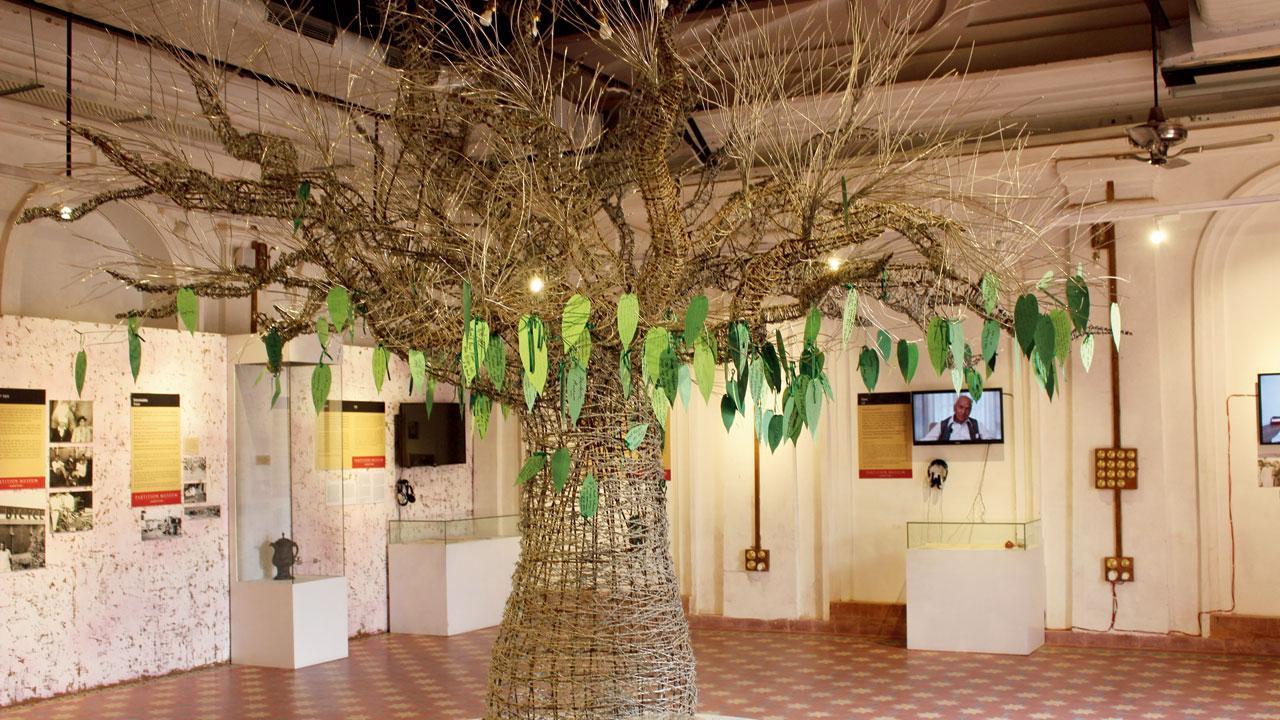The Partition Museum has common a call for entries before a relaunch of their blog as a space to rivet with personal histories of a Partition on their possess terms

Museum view. Pic/The Partition Museum
Seventy-Five years ago, as India gained Independence from a order of Great Britain, a Subcontinent was also partitioned into post-colonial nation-states. The Partition Museum was determined in 2016 as a people’s museum, to request this chronological eventuality that resulted in forced mass emigration and impacted people opposite regions and generations. True to a aim to turn an repository of verbal histories, documents, footage, memories and expressions, a Amritsar-based museum has called for submissions that try and thereby uncover what leisure in post-colonial South Asia means to participants. Shreya UK, partner plan manager, tells us, “As a world’s initial museum on a Partition of a Indian Subcontinent, we felt it was vicious for us to critically rivet with what these 75 years meant for a bland people of South Asia. How do they remember their past, navigate their benefaction and aspire for a future? How do they understand, contextualise and actualize a thought of ‘Independence’ given 1947?”

Shreyashi Bagchi and Shreya UK
Shreyashi Bagchi, partner curator, records that a acquiescence call is a partial of their ongoing use of creation and furthering a people’s museum, and building a height for these voices and stories. The call was put out a month ago for Partition-related poems. With an crawl of entries, they’ve extended a deadline to Jun 24 and stretched a thesis to ‘unravelling, doubt and reimagining leisure in post-colonial South Asia’. Submissions can take a form of stories, poems, essays, comics, print essays and videos, and will be published on a museum’s soon-to-be re-launched blog. They explain, “We realised there is a need for a space that enables artistic and vicious rendezvous with one’s personal histories.” And so a museum is now operative towards building a blog as such a space to try and know South Asian pasts, presents and futures. They’re focused on a routine of building a height to safeguard an enchanting and collaborative project.
Speaking about a significance of a endeavour, Bagchi says, “The museum offers a height for people to tell their stories in their language, a approach they remember it, and a approach they wish a universe to remember it. It creates story plural, and hence some-more dynamic, accessible, thorough and democratic. This is because documenting, archiving, and preserving people’s expressions and practice is so crucial.”
Last date: Jun 24
Log on to: @partitionmuseum or partitionmuseum.org
Email: social.partitionmuseum@gmail.com (for submissions)

